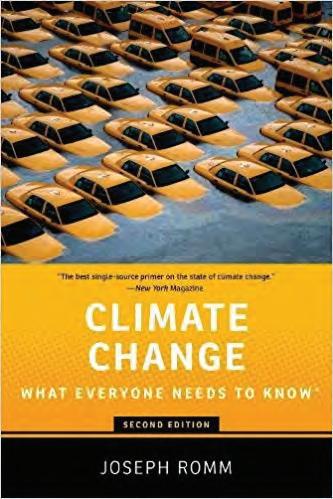
2 minute read
Initial Research
from The Development and Use of Low Embodied Energy Materials in a Carbon Conscious Construction Sector
Throughout week one I began to develop my position in regards to my first idea. We were asked to choose a reading from a curated list and I chose 'Climate Change: What Everyone Needs to Know' by Joseph Romm. My intention with this choice was to garner a better insight into the science behind climate change and to hopefully come to a point where I could better understand how architecture directly affects our climate. This book became a
great basis for me and my ideas on thesis formation. Throughout, in the form of question and answer segments, the book explores in particular, the role carbon has in changing weather patterns throughout the world.
Advertisement
This idea brought me back to my original thoughts on embodied energy and how the vast majority of this energy is released into our atmosphere in the form of carbon. It was this which led me to question whether I wished to continue in the direction which I
had set out for myself earlier on in the week. It was here that I decided to take a step backwards from the architecture of future
power stations to fully explore the ideas which had led me to my original thesis idea; in the hopes that a project would organically grow from my research instead of prescribing one for myself from the outset.

I wanted to fully explore the idea of embodied energy in architecture and the mark the construction industry is having on our environment.
I set about reading another of the recommended books; this time 'Embodied Energy and Design' by David Benjamin. This book is a series of collated essays by experts in their fields, all of which deal with different elements
of embodied energy in design. I found this book extremely interesting, it really grabbed my attention as something which is rarely addressed in architectural education but whose
gravity is ever increasing in the current race against climate change. The exploration of materials, their value and life cycle began to really change the way I looked at the process of architectural design and I began to think about the opportunity an architect has to design in a sustainable way which too can be aesthetic - in material expression. I have always been interested in the use of timber in design projects and its aesthetic and structural capabilities. It is true that timber is one of the construction materials
with the lowest levels of embodied energy. I began to become interested in materials, like this, which could be implemented in design and which would have low or no embodied
energy during their useful life.





